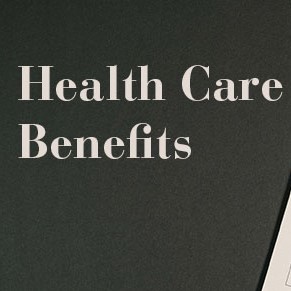
Almost all of the major health insurers suffered a decline in trust levels by healthcare providers since last year, according to two 2015 surveys.
The providers’ perception is that insurers, or payers, take advantage of them and do not honor commitments, although providers’ trust in insurers actually decreased only slightly from the previous year in athenahealth’s PayerView Report and ReviveHealth’s 2015 National Payor Survey and Trust Index.
Athenahealth, a cloud-based health IT company, and ReviveHealth, a healthcare marketing communications company, combined their findings in 2015 to present a “complete picture of the payor-provider interface.”The providers’ perception is that insurers, or payers, take advantage of them and do not honor commitments, although providers’ trust in insurers actually decreased only slightly from the previous year in athenahealth’s PayerView Report and ReviveHealth’s 2015 National Payor Survey and Trust Index.
“Across the board, major payors are seen as poor at balancing their interest against those of the providers,” the ReviveHealth survey said. “This is further evidence of a festering disconnect between payors and providers.”
It isn’t surprising that the survey found the factor ranking highest in importance among providers is payment rates, followed by good-faith negotiations.
Both providers and payers have been challenged by Affordable Care Act taxes and fees and a growing number of recently covered patients resulting from Medicaid expansion and health insurance exchanges, PayerView reported. But the highest-rated payers dealt effectively with these risks, performing well in the areas of days in accounts receivable, first-pass resolution rate and denial rate.
Insurers didn’t do as well in benefit reliability. Health insurance exchange payers scored 87 percent in this area, and non-exchange payers scored 78 percent.
These percentages bear out the findings that health plans in insurance exchanges generally performed better than non-exchange health plans.
However, health insurance exchange payers need improvement in the number of days in accounts receivable and eligibility accuracy to continue to perform better than the non-exchange payers. The average number of days in accounts receivable for exchange payers was 27 in the PayerView Report.
On the other hand, non-exchange payers must improve benefit reliability if they don’t want to fall even further behind the exchange payers.
Interestingly, 50 percent of the 2015 Top 10 insurers changed from those in last year’s report. This year, there was also a 5 percent overall improvement in benefit reliability.
The report suggested that, if payers take three key steps, they can positively affect healthcare providers and have an opportunity for success in the future:
1. Increase eligibility accuracy and benefit reliability to support providers who must collect higher obligations and deductibles from patients.
2. Work with providers to improve existing financial, transaction and administrative workflows so that payment reform will be easier in the future.
3. Develop trustworthiness and high performance while providers are moving from ICD-9 coding to ICD-10 coding so that they will be open to working with the payers prospectively.
If your business received a PPP loan, you may be eligible to have that loan forgiven. Our team can help you ensure that your loan forgiveness application is filed correctly and timely. Complete our five-question form, and we can provide a quote for your application by the next business day.
Request a Quote